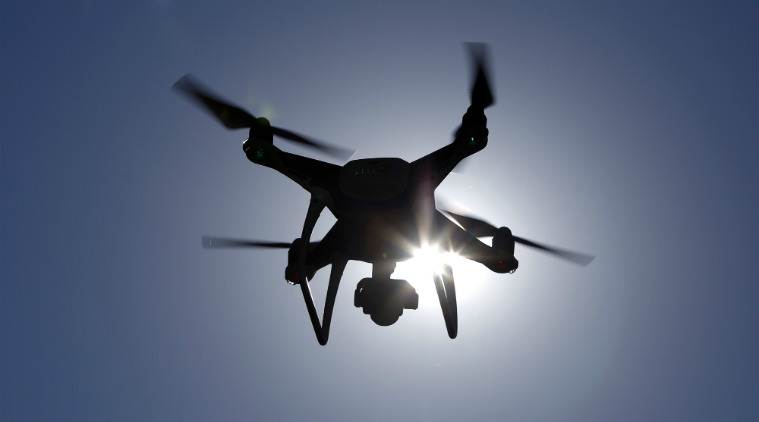 To improve testing facilities and reduce chances of cross infection, the BMC has proposed a ‘drive-through collection’ of COVID-19 samples. (Representational Image)
To improve testing facilities and reduce chances of cross infection, the BMC has proposed a ‘drive-through collection’ of COVID-19 samples. (Representational Image)
Six drones, mounted with high-definition cameras and speakers, and more than 200 CCTV cameras are helping the Mumbai police and BMC monitor densely populated areas and coronavirus hotspots in the city like Dharavi and Worli Koliwada.
The drones are used in conjunction with traditional patrolling methods and data analytics to check real-time movement of vehicles and people and relay warnings through speakers if people violate lockdown measures. They can give an aerial view of the area, show the arterial roads, lanes, bylanes and buildings that need to be sealed, making tracking of people simpler.
The BMC has mapped the city into 241 containment zones where coronavirus cases have been detected. With a battery life of two hours and capacity to cover a kilometre square area, the drones hover 40 feet above the ground and help police officers stationed just outside the containment zones to effectively strategise and deploy personnel if lockdown violations are recorded.
The drones are supplemented by the BMC’s CCTV camera network, which is centrally monitored by the its disaster control room.
New sample collection method proposed
To improve testing facilities and reduce chances of cross infection, the BMC has proposed a ‘drive-through collection’ of COVID-19 samples. Under this system, a person suspected to have coronavirus can drive to the facility in a car and submit swab sample without having to step out of the vehicle. The collection facilities can be tents in isolated driveways like service roads of highways, sports or open grounds.